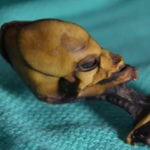 Music
Music  Music
Music  History
History 10 Less Than Jolly Events That Occurred on December 25
 Weird Stuff
Weird Stuff 10 Funny Ways That Researchers Overthink Christmas
 Politics
Politics 10 Political Scandals That Sent Crowds Into the Streets
 Weird Stuff
Weird Stuff Ten Bizarre Facts About The Doge Meme
 Our World
Our World 10 Ways Your Christmas Tree Is More Lit Than You Think
 Movies and TV
Movies and TV The 10 Coolest Stars to Set Sail on The Love Boat
 History
History 10 Things You Didn’t Know About the American National Anthem
 Technology
Technology Top 10 Everyday Tech Buzzwords That Hide a Darker Past
 Humans
Humans 10 Everyday Human Behaviors That Are Actually Survival Instincts
 Music
Music 10 Surprising Origin Stories of Your Favorite Holiday Songs
 History
History 10 Less Than Jolly Events That Occurred on December 25
 Weird Stuff
Weird Stuff 10 Funny Ways That Researchers Overthink Christmas
Who's Behind Listverse?

Jamie Frater
Head Editor
Jamie founded Listverse due to an insatiable desire to share fascinating, obscure, and bizarre facts. He has been a guest speaker on numerous national radio and television stations and is a five time published author.
More About Us Politics
Politics 10 Political Scandals That Sent Crowds Into the Streets
 Weird Stuff
Weird Stuff Ten Bizarre Facts About The Doge Meme
 Our World
Our World 10 Ways Your Christmas Tree Is More Lit Than You Think
 Movies and TV
Movies and TV The 10 Coolest Stars to Set Sail on The Love Boat
 History
History 10 Things You Didn’t Know About the American National Anthem
 Technology
Technology Top 10 Everyday Tech Buzzwords That Hide a Darker Past
 Humans
Humans 10 Everyday Human Behaviors That Are Actually Survival Instincts
Top 10 Most Important Astronomers
Since the very dawn of humankind, our species has looked out upon the cosmos in awe of the glory of the heavens above. While the spectacular views offered by our night sky haven’t changed a great deal over the eons, our understanding of them has. Knowledge of our universe has gradually expanded over the last few thousand years thanks to the efforts of astronomers through the ages. We know what we do about the universe today thanks to the discoveries of all of these astronomers, the ten most important of whom are listed here.
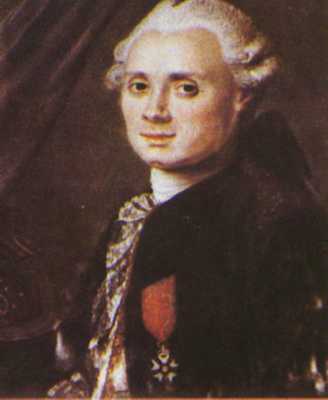
Charles Messier was a French astronomer who was obsessed with discovering and studying comets and their orbits. However, his search for the elusive comets ended up leading him to create one of the most famous catalogues of deep sky objects. He realized these deep sky objects could distract other comet-chasers, and so he decided to distinguish them as immobile objects in the night sky. The resulting catalogue, published in 1774 when the astronomer was 44 years old, contains over one hundred deep sky objects, including nebulae and galaxies. Being among the most beautiful objects in the night sky, you most likely have seen images of many of them taken by high aperture telescopes, such as the Hubble Space Telescope. Along with being among the first to catalogue these wonderful objects, Messier was also successful in discovering thirteen comets.
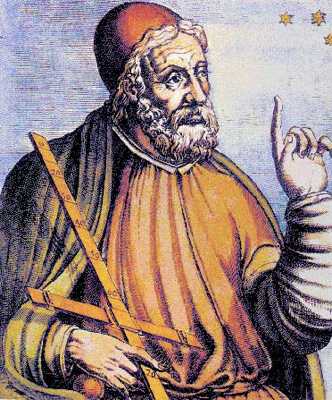
Ptolemy was an Egyptian astronomer, geographer and mathematician of Greek ancestry. He lived from 90 to 168 AD, and was the last great astronomer before the known world’s descent into the Dark Ages. He is important for preserving the Greek astronomer Hipparchus’ star catalogue, which he included in his astronomical magnum opus, Amalgest. The Amalgest was the most important astronomical text in existence for close to fifteen hundred years after the death of Ptolemy, and because of this, its author gained a near legendary status. He also included in his work a set of tables (known almost comically as the Handy Tables), which made it much easier to calculate the positions of the planets, the sun and the moon, the rising and setting of the stars, and the dates of lunar and solar eclipses. Without Ptolemy’s preservation of Hipparchus’ work, and his own advances in the field of astronomy, much of the astronomical work done during the Renaissance and the Scientific Revolution may not have been possible.
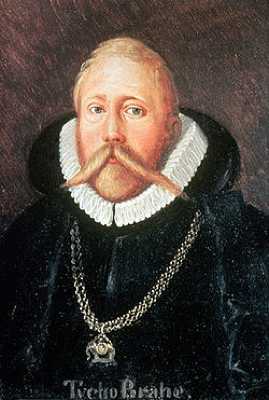
Tycho Brahe, whose defining physical characteristic was no doubt his metallic nose (he lost his real one in a duel), was a famed Danish astronomer. Up until his observations, which occurred largely in the late 1500s, no other astronomer had tallied as many, or as accurate of observations as Brahe. He catalogued hundreds of objects, and aspired to a level of accuracy such that each star was catalogued within one arc-minute of its real celestial location. To put that into perspective, hold your little finger at arms length – it is 1 degree in width. Now divide it into 60 parts; take one of those parts, and you have an arc-minute. While he didn’t always achieve this level of accuracy, the fact that he set the standard so high with the technology available at that point in history is commendable.
Brahe is probably best known for his work with new stars, or novae, which in his day was cutting-edge astronomy. In 1572, he observed a bright star that appeared to be a newcomer onto the celestial scene. While some argued that this was an atmospheric phenomenon, Brahe showed through use of parallax that the object was much too far away to be inside the Earth’s atmosphere. Although other supernova events had been observed in the past, Brahe was the first to scientifically observe and acknowledge one. This was a strong argument against the, then, predominant belief that the heavens were fixed on colossal dome-like structures, the idea of which Brahe openly contradicted.
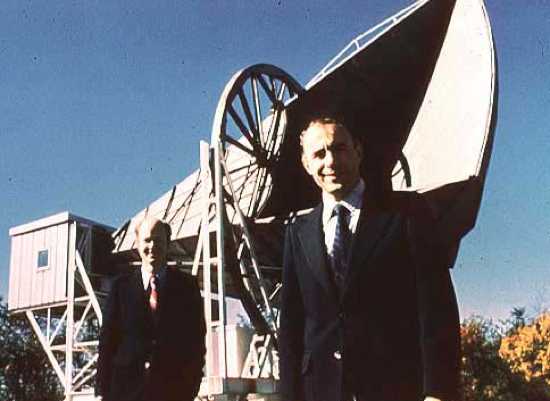
These two astronomers come in one package, because their main contribution to the astronomical field was a mutual effort. This important contribution was the discovery of the Cosmic Microwave Background Radiation or CMB. Basically, the CMB was an aftershock of the explosive birth of the Universe – the Big Bang. This aftershock had been theorized before its discovery by Penzias and Wilson in the 1960s, but it’s exact value hadn’t been pinpointed until the two scientists began experimenting with the Holmdel Horn Antenna at Bell Labs. As they experimented, they realized they had an ever-present background radiation in their data, and after cleaning their equipment of pigeon droppings, they deduced that the radiation was not coming from anywhere on Earth – or even in the galaxy – but outside the Milky Way… It wasn’t until later that the two realized that their discovery had any significance, when it dawned on them that they had discovered the elusive aftershock of the Big Bang. In 1978, Penzias and Wilson were awarded the Nobel Prize for their discovery.
The significance of the discovery lies in the fact that at that time there was still a good deal of dispute over whether or not the Big Bang had even occurred. The main opposing theory, known as the Steady State theory, was virtually abandoned by astronomers following the momentous discovery. Some important outcomes of the discovery include evidence for the inflationary model of the universe, the suggestion of a Dark Age of the Universe, advancements in interferometry and countless other repercussions in the astronomical field.
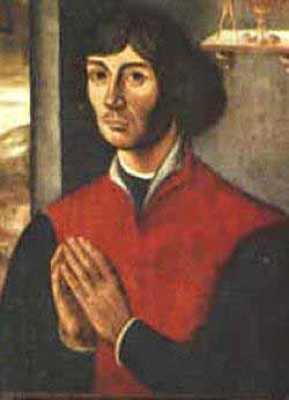
Copernicus was a European scientist born in 1473, and one of the most important of the Renaissance. He is extremely significant because he is credited as the first astronomer to put forward a comprehensive heliocentric version of the solar system. Although some ancient astronomers had pondered a heliocentric theory, their works had either been lost to the ages or largely ignored. However, in 1543 when his book, On the Revolutions of the Celestial Spheres, was published, the theory could simply not be brushed aside any longer. The idea that the Earth revolved around the sun (and not vice versa) went directly against the teachings of the church, and this publication was in a time when the church controlled most of society. Although Copernicus died in the year of his great work’s publication, he still no doubt feared persecution from religious authorities and realized that even after death his name and the reputation of his work could be sullied. Interestingly enough, On the Revolutions of the Celestial Spheres is actually dedicated to the Pope at the time, Pope Paul III, almost definitely to avoid disfavor with the church. For his courageous introduction of the true nature of the solar system to European scholars he is remembered as a monument to the truth in a society largely unwilling to accept it.
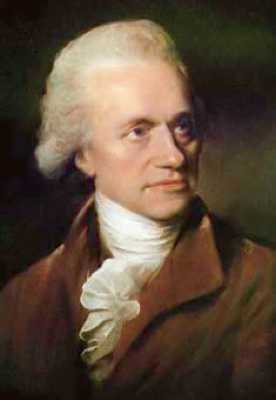
William Herschel was an English astronomer born in Germany, in 1738. Interestingly enough, he was a talented musician (he composed twenty-four symphonies), and as a youngster, his passion for music led him into mathematics. This interest in math eventually led him to astronomy, the field in which he is most famous for working. A fascinating side-note to his astronomical career was the fact that Herschel built his own reflecting telescopes. He used his self-made telescopes to observe binary systems of stars, in which two stars orbit around a common center of gravity in a bound system. These were important star systems because many believed that distances to them could be more easily discovered than single star systems, and because other information on the nature of stars could be gleaned from these binary stars. Herschel is credited with discovering over eight hundred of these binary systems. However, his massive observational output didn’t stop there– Herschel also discovered over twenty-four hundred deep sky objects that he termed nebulae.
Herschel had a good deal of other accomplishments as well. His observations led him to the discoveries of the planet Uranus, two of its moons, as well as two moons of Saturn. He also was the first to realize that the solar system was moving through space, and was able to estimate as to the direction of the movement. His most accidental discovery however, was that of infrared radiation– while experimenting with dividing light through a prism, he measured the temperature of the air next to the red in the rainbow of light produced. Where he expected a lower reading than that of the visible light, he saw a spike on the thermometer. He deduced that there must be some sort of invisible radiation just outside that of the color red– or infrared radiation!
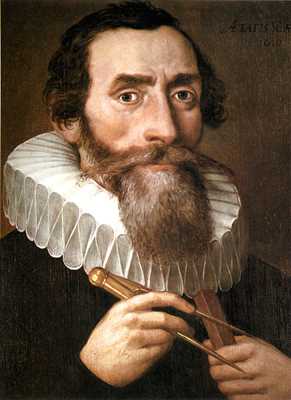
Kepler was a German astronomer and was the first to fully explain the motion of the planets of our solar system. He described their motion with three laws, which he published in 1609 AD. What allowed him to basically unlock the mystery was to imagine the planets as having elliptical orbits rather than circular ones, which is how other astronomers would view the solar system. In fact, his first law of planetary motion is the simple statement that planets travel in ellipses. Like Copernicus, Kepler firmly believed in a heliocentric solar system. However, the church was still very opposed to the idea when he was alive. Despite this, Kepler championed the idea like no other astronomer had and brought it to the forefront of the scientific revolution. Interestingly enough, Kepler was himself a very religious man– he had planned on becoming a priest before ultimately deciding on pursuing science.
Kepler also happened to work quite closely with Tycho Brahe, although their relationship is known to have been quite strained– Brahe was most likely afraid of being shown-up by his assistant. This is basically what happened when Kepler discovered the laws of planetary motion. However, Kepler also made other important discoveries. He was the first to explain how the moon influenced tides for example, and he also influenced mathematics by forming some of the groundwork for integral calculus.
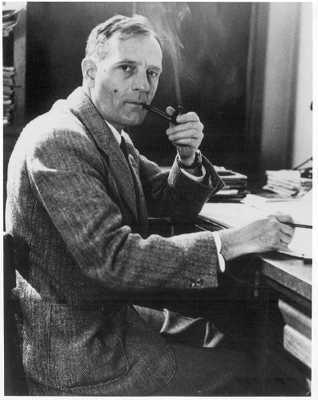
Edwin Hubble, who did most of his major work in the first half of the twentieth century, had perhaps the most momentous discovery of all of the astronomers on this list. Hubble is credited with discovering galaxies outside of our own Milky Way. Although the race to solve this mystery had contributions from many different scientists, it was Hubble’s observations through the Hooker telescope, around the year 1923, that proved to the scientific community that there was more to outer space than the Milky Way. In essence, with one finding, Hubble ballooned the Universe from a galaxy of about a hundred thousand light years across, with approximately one hundred billion stars, to an indefinite expanse of intergalactic space, billions of light years across, and with a seemingly infinite amount of stars.
However, Hubble didn’t stop there. He showed that these separate galaxies were moving away from each other by observing there redshifts, an effect caused by light being stretched out over vast distances. His observations led him to the discovery that the farther away a galaxy was from the Milky Way, the faster it was moving away from us. This is known as Hubble’s Law. A cool side-note is that Einstein himself thanked Hubble personally for making this discovery, because it verified some of the work that Einstein had done years before that hadn’t been fully accepted.
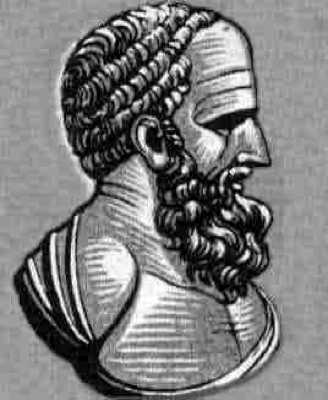
Hipparchus, an astronomer dating back to ancient Greece, comes in at a very close second on this list. Widely believed to be the greatest astronomer of antiquity, Hipparchus can easily be viewed as a sort of founding father of astronomy. His most important contribution to the field was the first known star catalogue, which historians think he was inspired to construct after viewing a supernova. This star catalogue was later used extensively by Ptolemy in his astronomical observations. His other contributions include important findings on the positions and motions of the moon and Sun. Using trigonometry – a subject for which he is basically credited for inventing – he was able to measure the distance to the moon during a solar eclipse. He is also known for creating the method by which a star’s brightness is measured, a system still in use today.
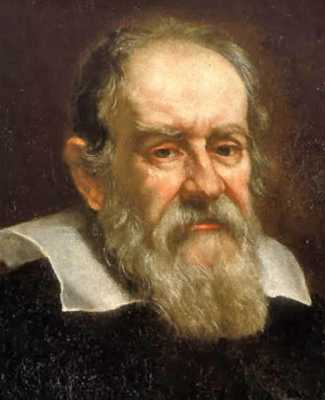
The most important astronomer of all time turns out to be the Italian spearhead of the Scientific Revolution, Galileo. Galileo was, in a sense, a lucky astronomer. To put it simply, he was fortunate to be alive when the telescope was invented (around 1607 AD). He caught wind of this amazing new device, and quickly made his own refracting telescope. This gave him absolutely unprecedented access to information on the heavens– and he was the first to capitalize on it. While military leaders across Europe were using the spyglasses to watch their enemies at sea, Galileo turned his telescope to the sky and discovered secrets that had lay waiting for millennia.
Because Galileo lived and worked at such an opportune time, he is considered by most to be the father of modern observational astronomy (not to mention the father of modern physics). Many aspects of his life lend themselves to this title. He was the first to lay eyes on the Rings of Saturn (though they looked more like handles from his perspective), and he also discovered and named various moons of Jupiter. He was also the first to observe sunspots, which was rather significant, because it was then believed by the church that the sun was perfect and without blemishes of any kind.
Probably what Galileo is most well known for is his staunch defense of the idea of a heliocentric solar system, regardless of the religious persecution he was subjected to. Unlike Copernicus however, he was able to provide hard evidence for the fact. One of his famous experiments included observing the planet Venus over a certain period, and recording the various phases it would go through (with a telescope, one can see that Venus goes through phases, not unlike our moon). Galileo used his data and made certain calculations, and was able to show that due to Venus’s phases, it had to orbit the sun. Despite this and other pieces of amazing science however, the church still argued that the sun orbited the Earth. Galileo was eventually placed under house arrest for his heretical views, and lived out the last eight years of his life in his villa near Florence.
Honorable Mentions: Subrahmanyan Chandrasekhar, Isaac Newton, Aristarchus, Eratosthanes.
![Top 10 Most Important Nude Scenes In Movie History [Videos] Top 10 Most Important Nude Scenes In Movie History [Videos]](https://listverse.com/wp-content/uploads/2019/09/sharonstone-150x150.jpg)






